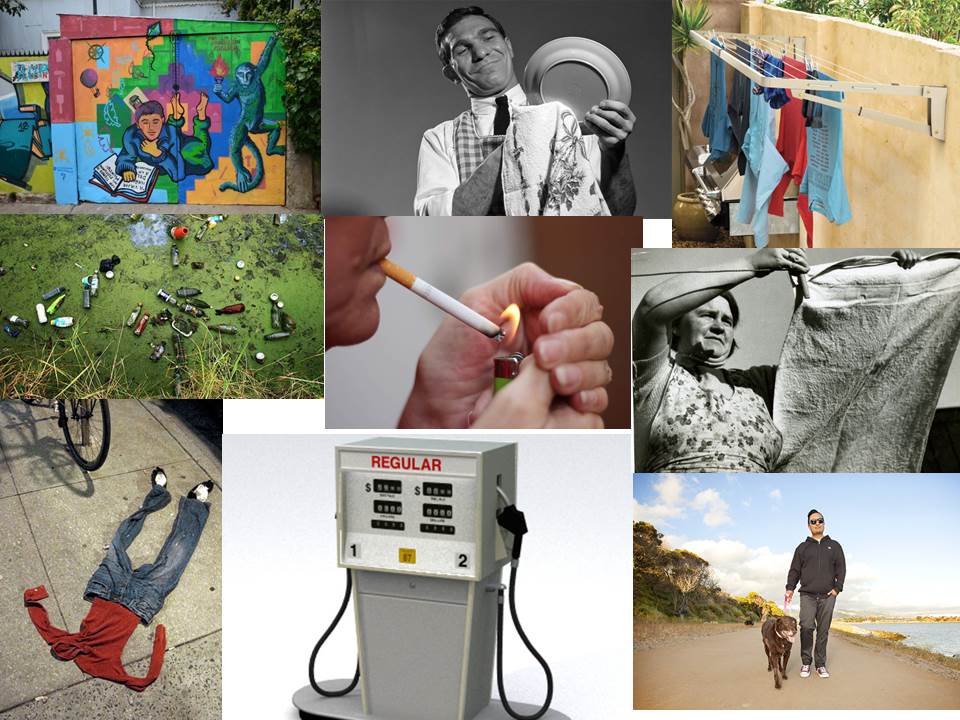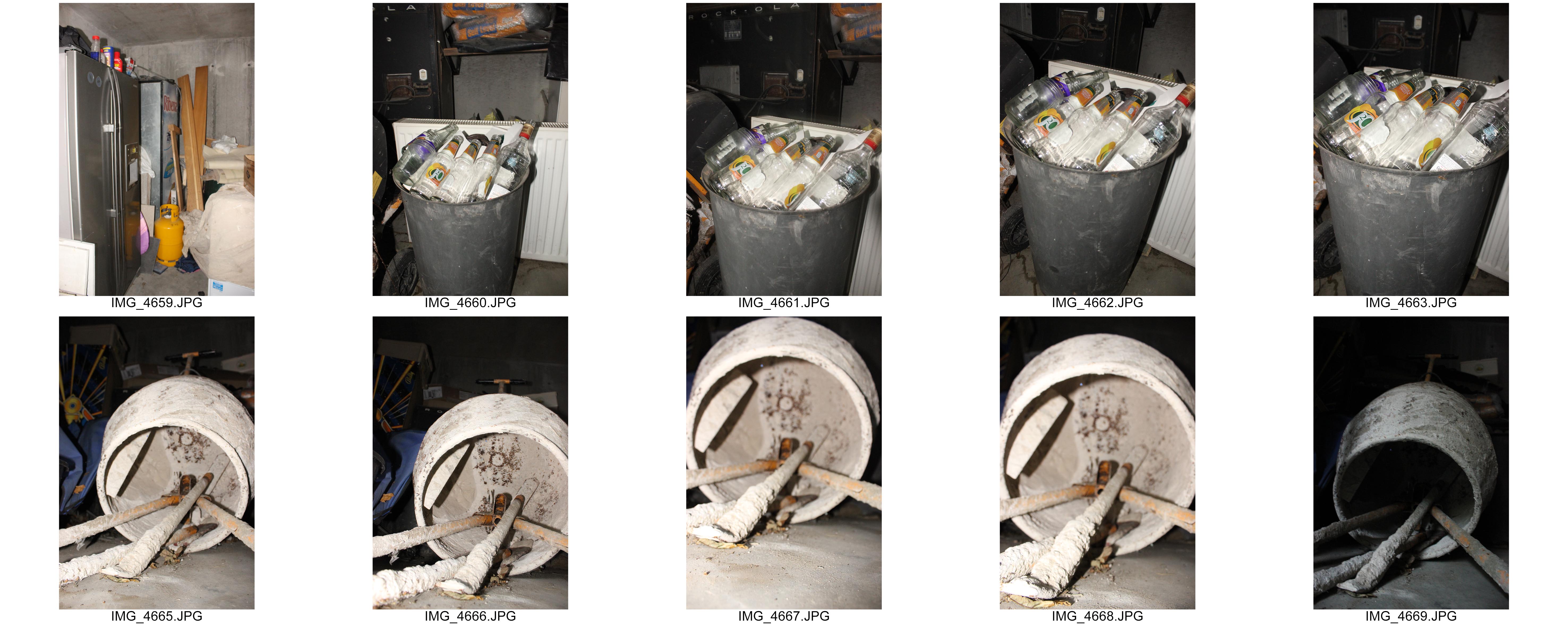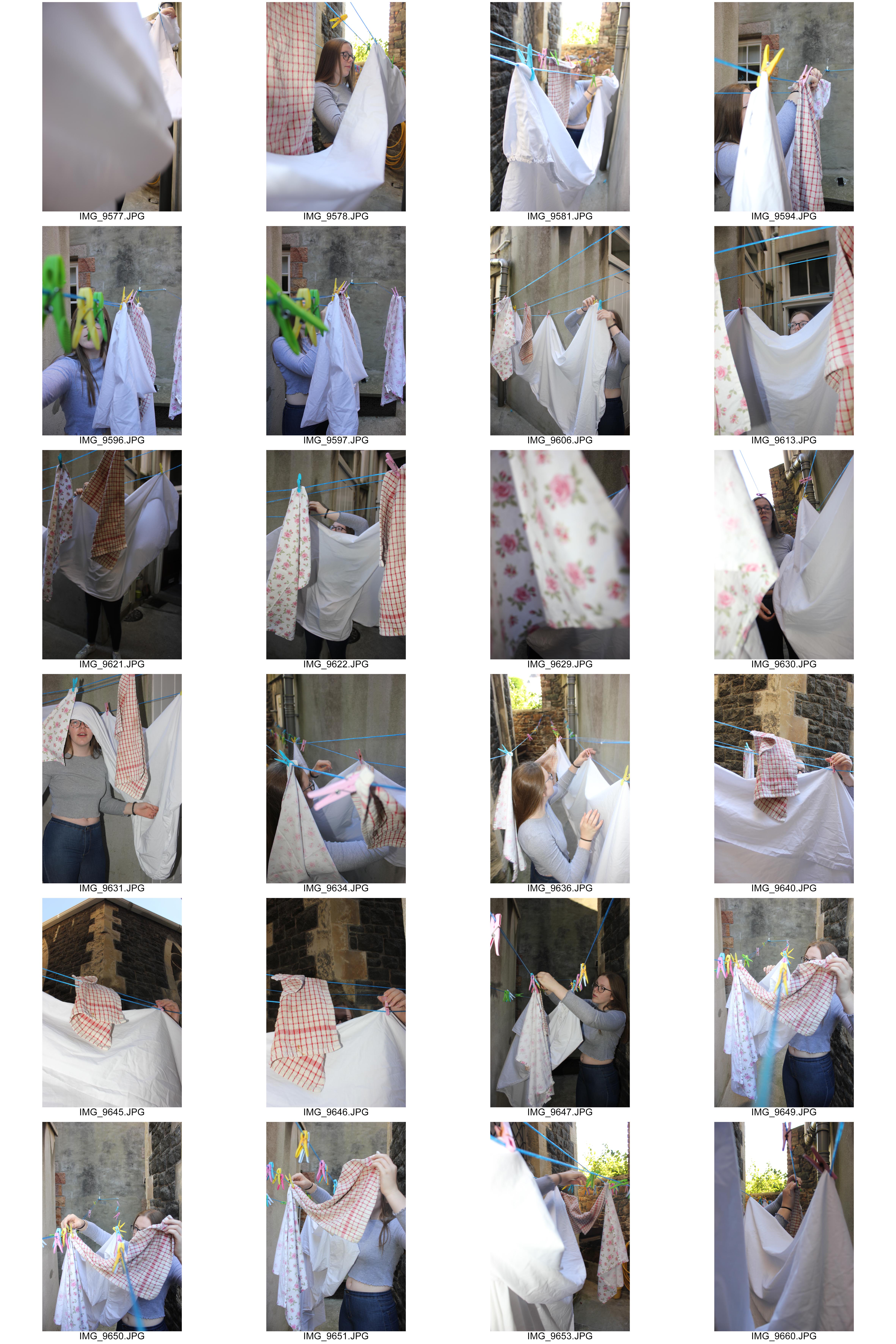Walker Evans
Is a photographer who mastered his work throughout magazines and the composition to which he displayed his images. He had a risk taking persona and is best known for photoessays on everything from Chicago street life.He would foucous on ‘American heritage’ and the displaying of beautiful historically important images and buildings either about to be demolished and the new urban regeneration across his state.

Much like my own themes of modernisation and urban architecture he wanted to project the faceless construction without it being complete yet. He wanted to make a mark withn his photos and so ended up being wihtin nation Wide magazines.He started to work more alongside tech and graphic design further inspiring his interesting and dynamic presentations of his images. He is now a towering figure of photography. His unique artistic authority created a ‘small avant grade publications and mainstream titles’ his innovative and independent journalism is due to the editing and careful design layout of his images which has inspired me to experiment heavily with how I should display my own images. Evans enjoyed to caption his images which I think I could do with quotes from th epoeple surrounding the area and so creating a sense fo community for st helier itself. Evans chose magazine stories that often has elegiac qualities; the American warehouse, and these vast buildings that were prolific to the native area.
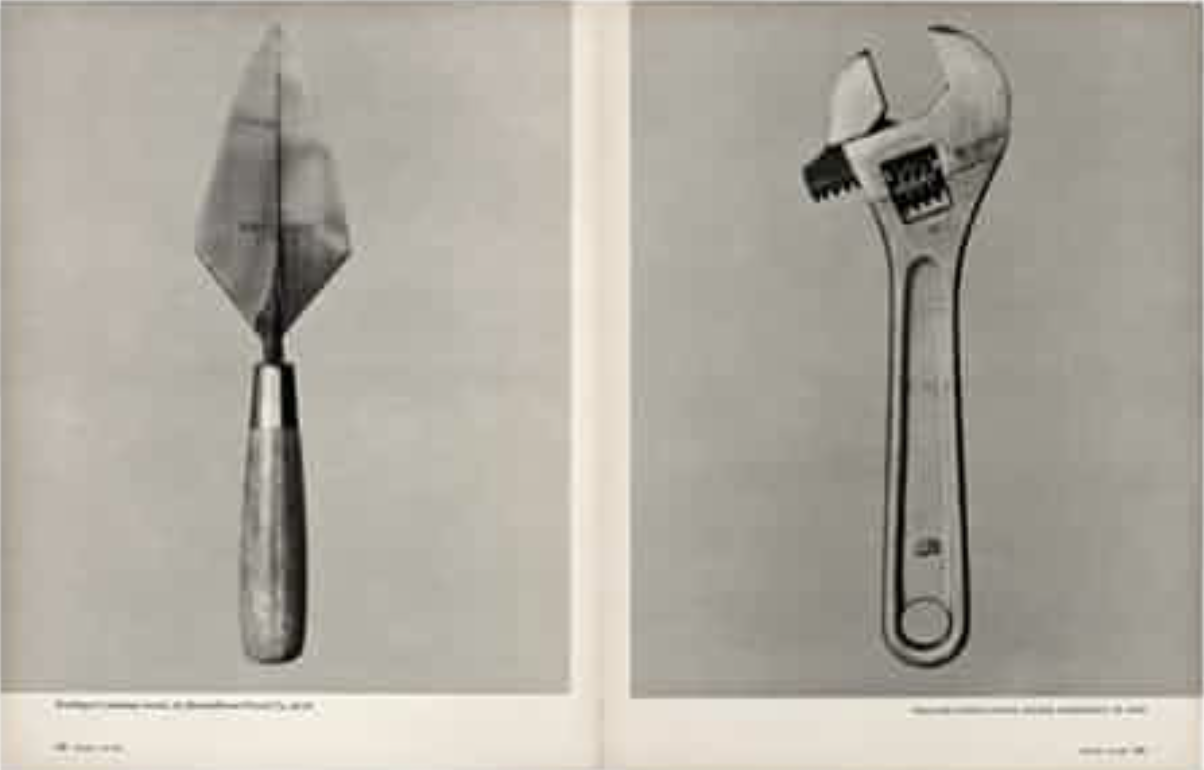
I chose this for inspirations as the muted tones of colour ass to the sense fo transience and feelings of lost and demolished in order to rebuild the colour and life to the image. The simple composition allows the viewer to create a personalised story of what the image means to them. The images echo each other and create a modernist and poetic type feel to the overall composition. His work has an understanding of the world and the people who live among it. His tenacity and visions create an artist control and show his commitment to and intelligent reflect on the modern progressive world and pop culture which is what he was fighting to demonstrate.




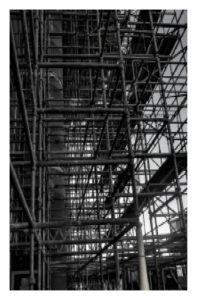
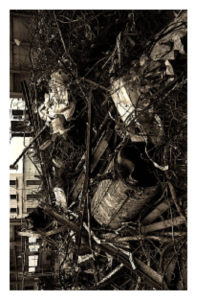

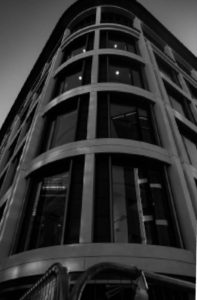
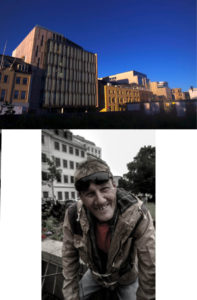
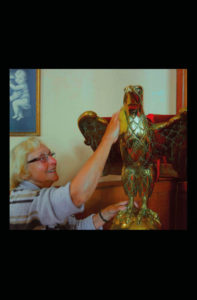
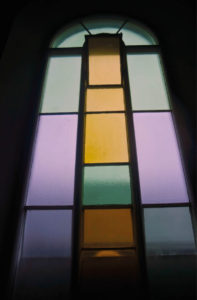
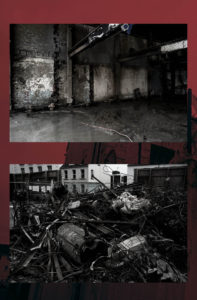
 \
\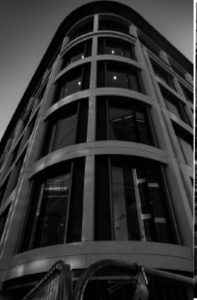

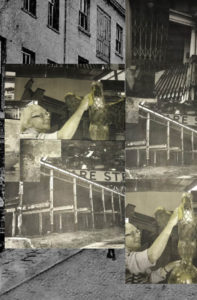

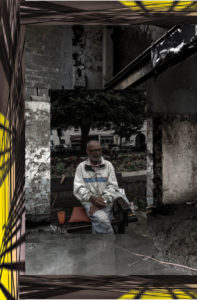
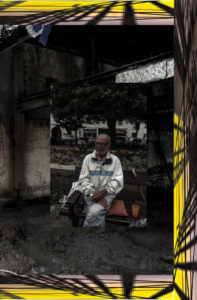


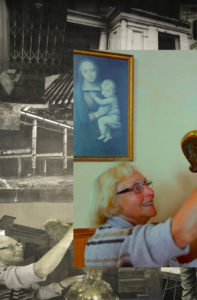

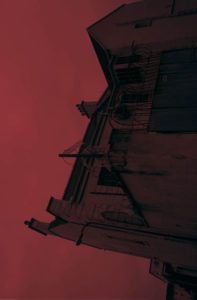
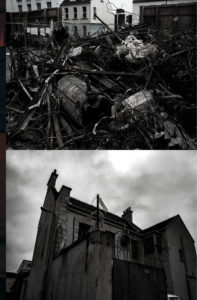


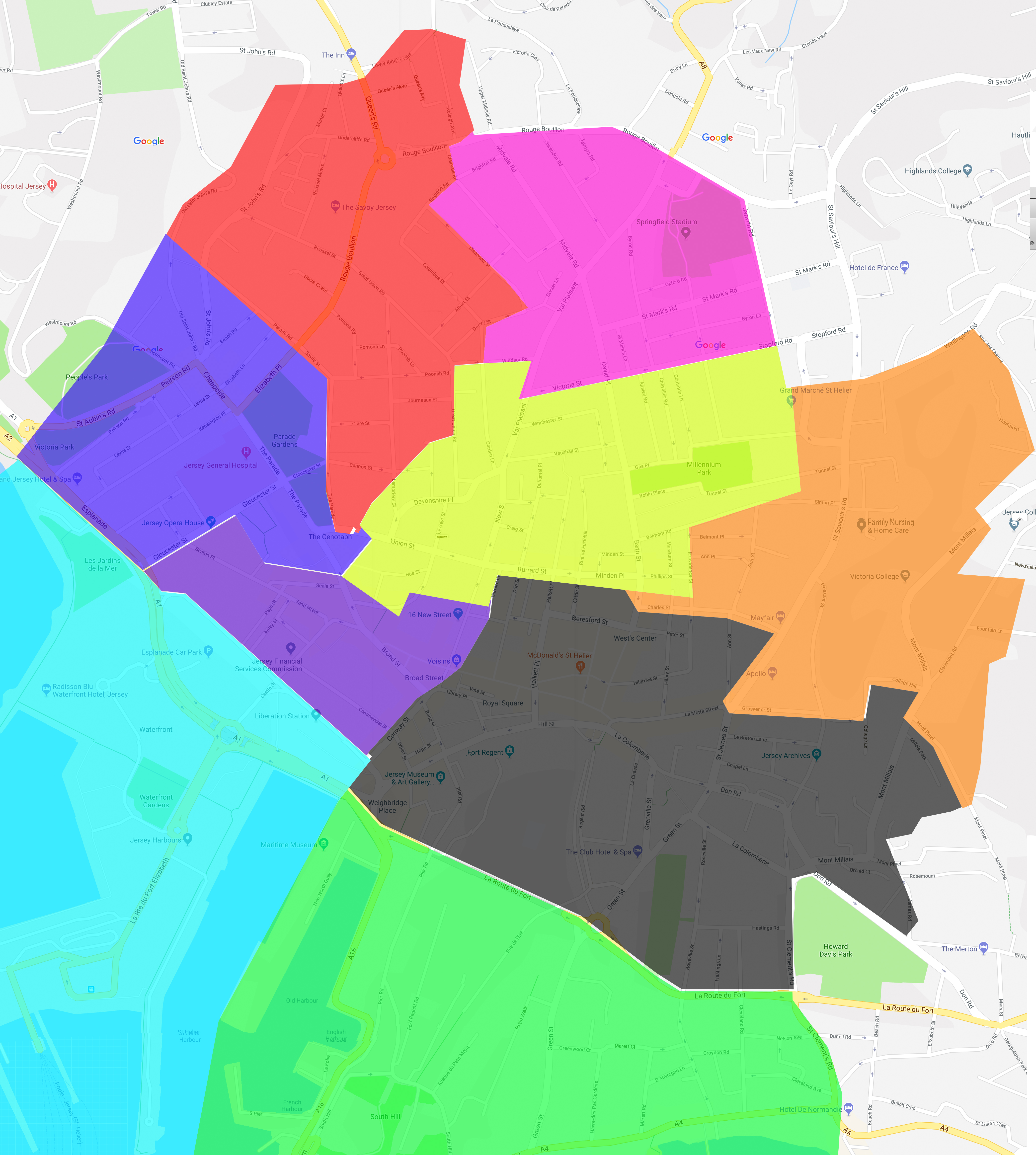
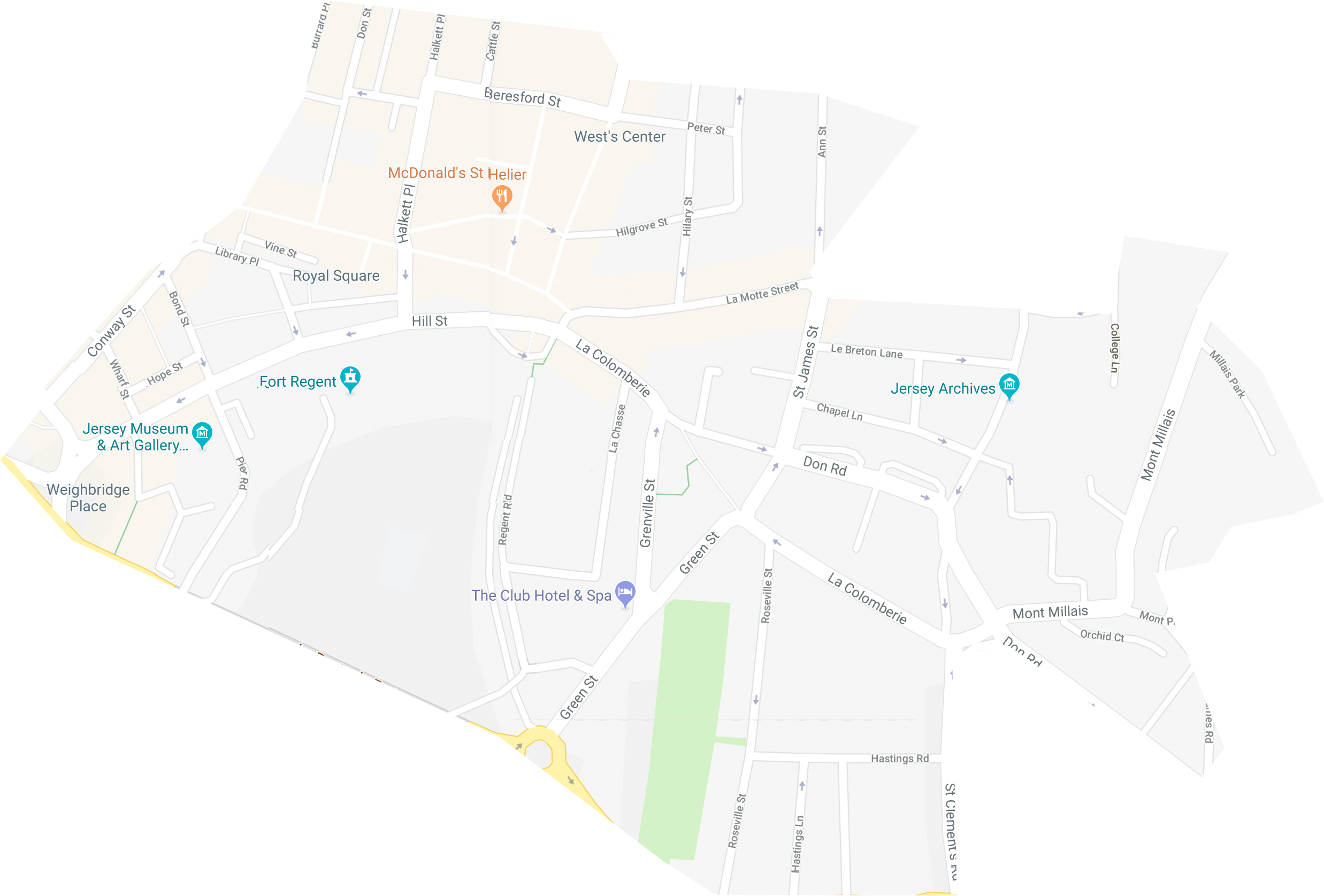 The area I was assigned to was Grey. It included areas such as Weighbridge Place, Royal Square and Fort Regent.
The area I was assigned to was Grey. It included areas such as Weighbridge Place, Royal Square and Fort Regent.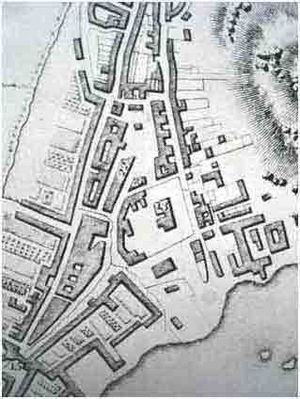
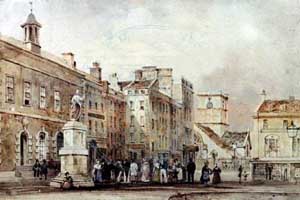


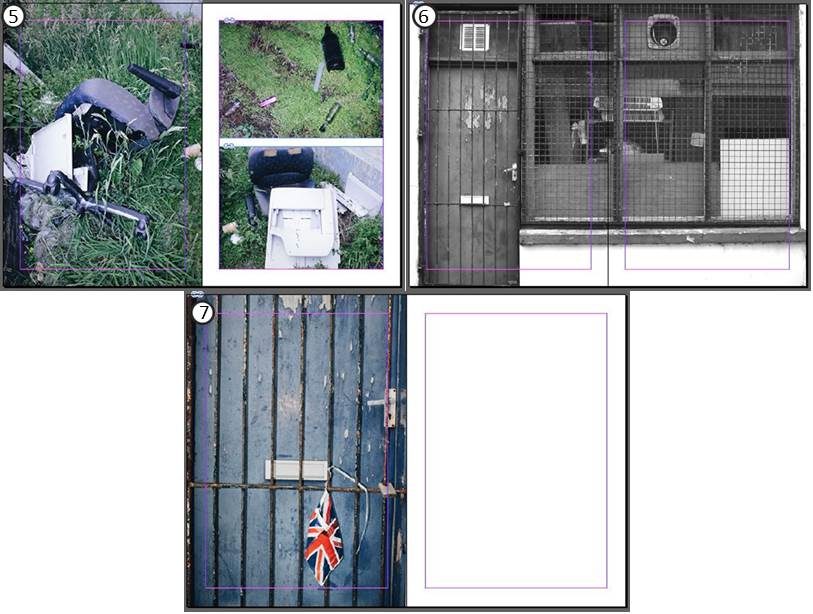




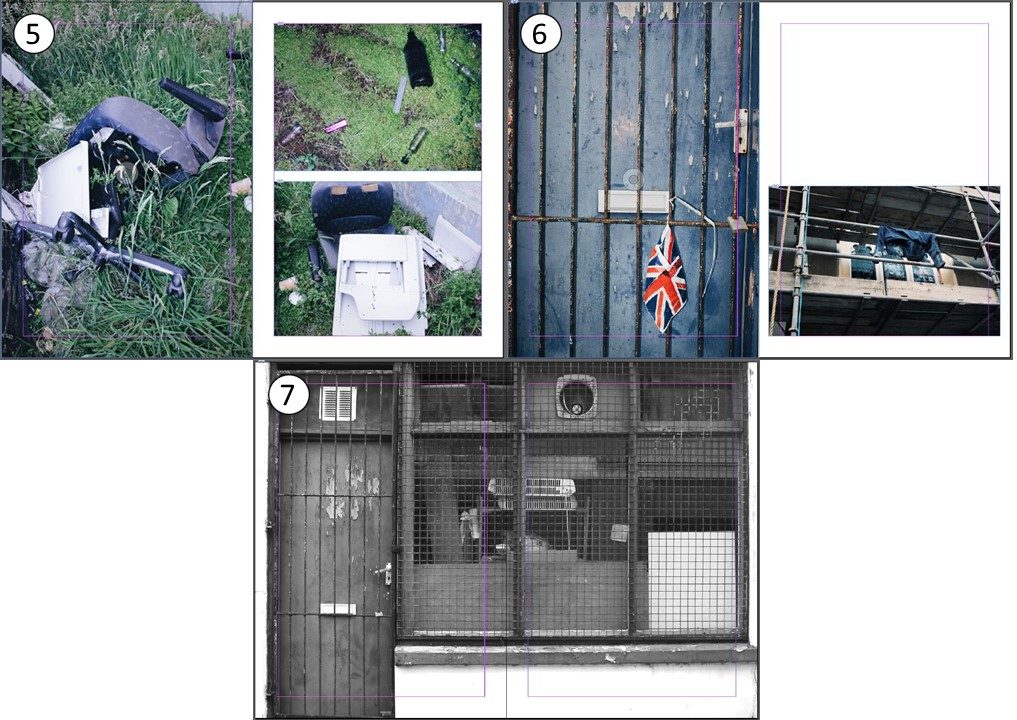
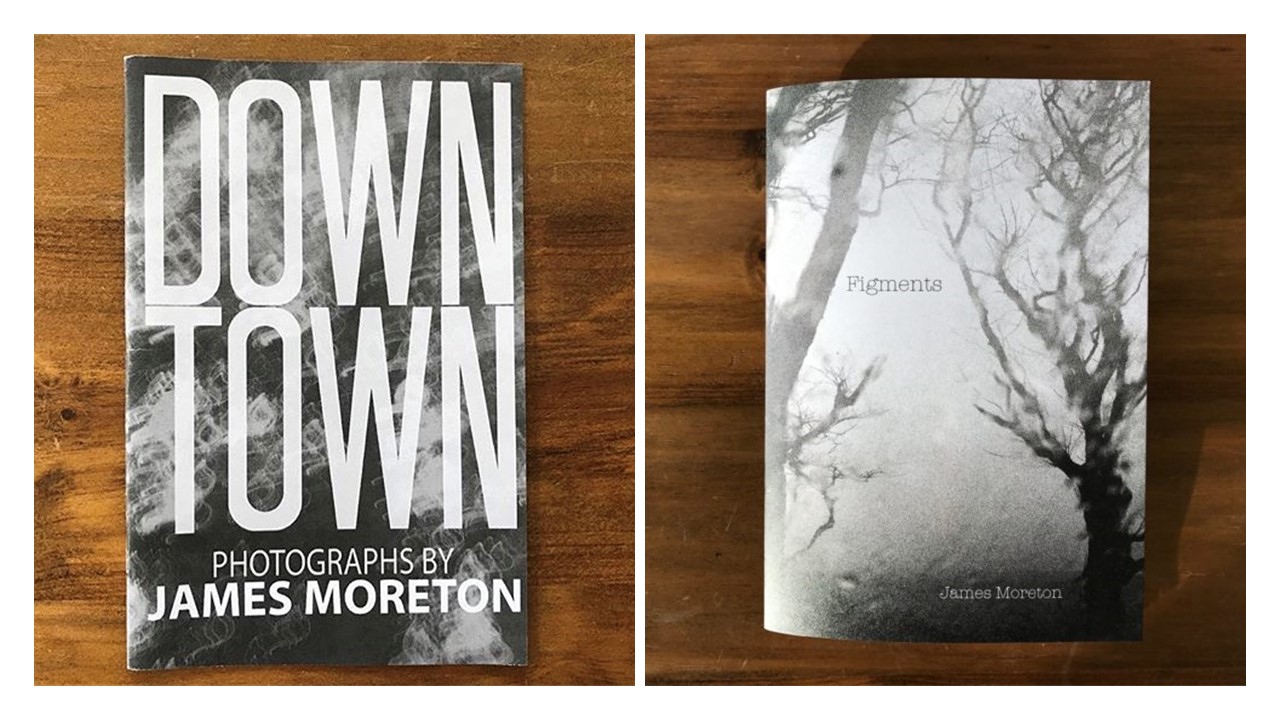 In the eyes of James Moreton, zines are seen to be the most accessible and favourable medium of photography thanks to their ability to create an impact through the use of pairing, juxtaposing and narrative flow to tell a story or instill an emotion, a method “unsurpassed by any other photographic medium”.
In the eyes of James Moreton, zines are seen to be the most accessible and favourable medium of photography thanks to their ability to create an impact through the use of pairing, juxtaposing and narrative flow to tell a story or instill an emotion, a method “unsurpassed by any other photographic medium”.







